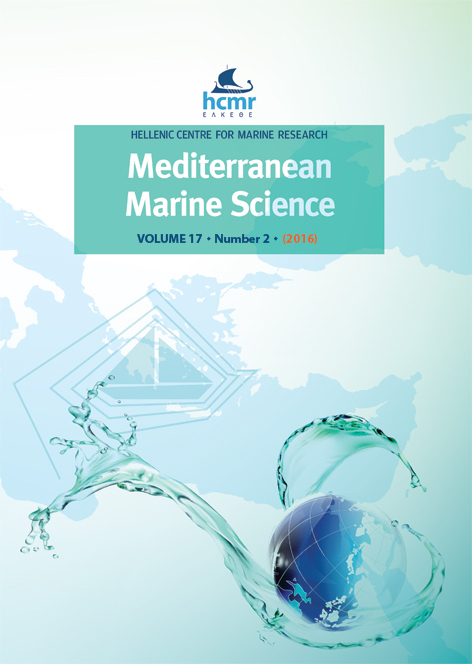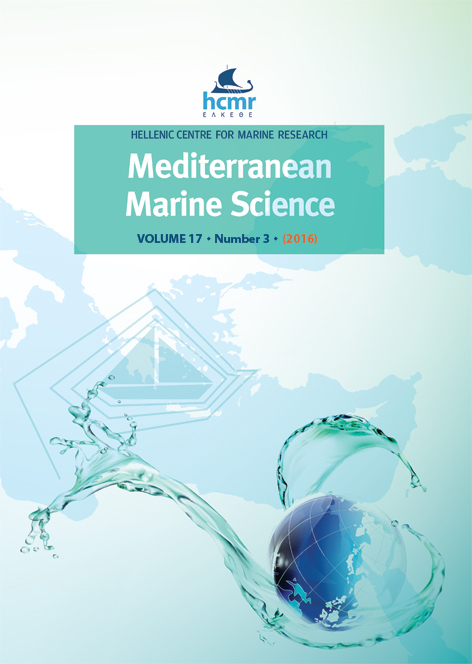Evidence of high genetic connectivity for the longnose spurdog Squalus blainville in the Mediterranean Sea

Abstract
Squalus blainville is one of the least studied Mediterranean shark species. Despite being intensively fished in several locations, biological knowledge is limited and no genetic structure information is available. This is the first study to examine the genetic structure of S. blainville in the Mediterranean Sea. Considering the high dispersal potential inferred for other squalid sharks, the hypothesis of panmixia was tested based on a 585 bp fragment of the mitochondrial DNA cytochrome c oxidase subunit I gene from 107 individuals and six nuclear microsatellite loci from 577 individuals. Samples were collected across the Ionian, Aegean and Libyan Seas and off the Balearic Islands. Twenty three additional sequences of Mediterranean and South African origin were retrieved from GenBank and included in the mitochondrial DNA analysis. The overall haplotype diversity was high, in contrast to the low nucleotide diversity. Low and non-significant pairwise ΦST and FST values along with a Bayesian cluster analysis suggested high connectivity with subsequent genetic homogeneity among the populations studied, and thus a high dispersal potential for S. blainville similar to other squalids. The historical demography of the species was also assessed, revealing a pattern of population expansion since the middle Pleistocene. These findings could be considered in species-specific conservation plans, although sampling over a larger spatial scale and more genetic markers are required to fully elucidate the genetic structure and dispersal potential of S. blainville.
Article Details
- How to Cite
-
KOUSTENI, V., KASAPIDIS, P., KOTOULAS, G., & MEGALOFONOU, P. (2015). Evidence of high genetic connectivity for the longnose spurdog Squalus blainville in the Mediterranean Sea. Mediterranean Marine Science, 17(2), 371–383. https://doi.org/10.12681/mms.1222
- Issue
- Vol. 17 No. 2 (2016)
- Section
- Research Article
Authors who publish with this journal agree to the following terms:
- Authors retain copyright and grant the journal right of first publication with the work simultaneously licensed under a Creative Commons Attribution Non-Commercial License that allows others to share the work with an acknowledgement of the work's authorship and initial publication in this journal.
- Authors are able to enter into separate, additional contractual arrangements for the non-exclusive distribution of the journal's published version of the work (e.g. post it to an institutional repository or publish it in a book), with an acknowledgement of its initial publication in this journal.
- Authors are permitted and encouraged to post their work online (preferably in institutional repositories or on their website) prior to and during the submission process, as it can lead to productive exchanges, as well as earlier and greater citation of published work (See The Effect of Open Access).








